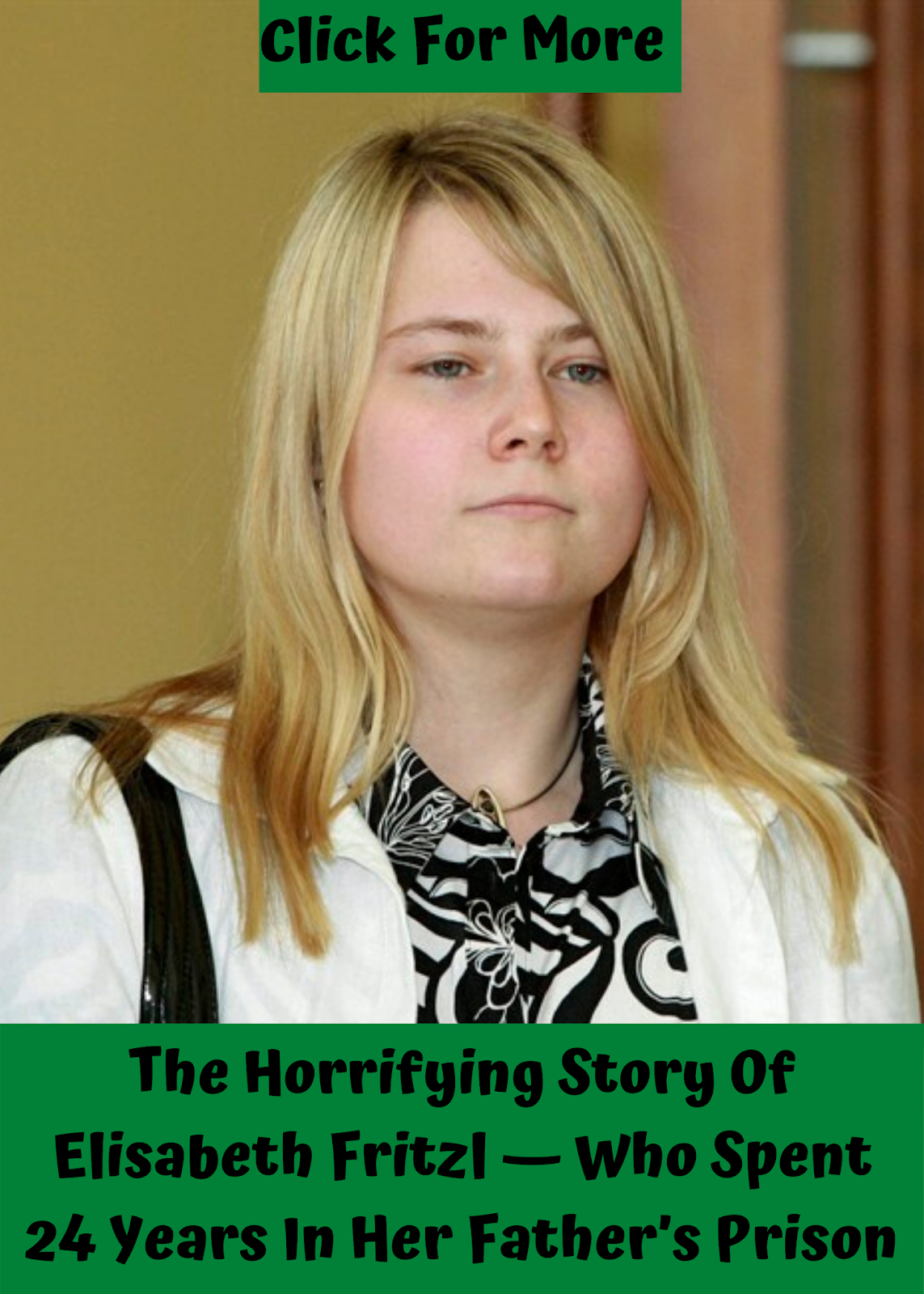The Shocking Truth Behind the Fritzl Case: A Story of Captivity and Survival
The name “Fritzl” has become synonymous with unimaginable horror and a chilling tale of familial abuse. This case, which unfolded in Amstetten, Austria, sent shockwaves across the globe, exposing the depths of human depravity and the extraordinary resilience of the human spirit. This article delves into the harrowing details of the Fritzl case, exploring the captivity, the abuse, and the incredible fight for survival that ultimately brought this nightmare to an end.
This article aims to provide a comprehensive, factual, and sensitive account of the Fritzl case. Please be advised that the content may be disturbing and triggering.
The Descent into Darkness: Josef Fritzl and the Secret Cellar
The story begins not with a dramatic abduction, but with a seemingly ordinary family life. Josef Fritzl, a seemingly respectable engineer, lived with his wife and three children in a house in Amstetten. However, behind closed doors, a horrifying secret was brewing.
- The Construction of the Cellar: Fritzl meticulously constructed a soundproof, hidden cellar beneath his home. This subterranean prison, accessible only through a seemingly innocuous entrance, was the location of unspeakable acts.
- The Entrapment of Elisabeth: In 1984, Fritzl lured his daughter, Elisabeth, into the cellar, drugged her, and imprisoned her. He then told the authorities that Elisabeth had run away and joined a cult. This story went largely unchallenged for years, concealing the truth of her whereabouts.
- The Cycle of Abuse Begins: Over the next 24 years, Elisabeth was repeatedly raped and abused by her father, resulting in the birth of seven children.
Life in Captivity: Survival and the Hidden Children
Life for Elisabeth in the cellar was a constant struggle for survival. The conditions were cramped, dark, and unsanitary. Food and basic necessities were provided by Fritzl, who controlled every aspect of her existence.
- The Births and Upbringing of the Children: Six of Elisabeth’s children were raised entirely within the cellar. They knew nothing of the outside world, their only reality being the confined space and the presence of their father/grandfather.
- The “Missing Person” Facade: While the children were living in the cellar, Fritzl maintained the facade of a missing daughter and the search for her continued, ironically, as he controlled the narrative.
- Limited Contact with the Outside World: Elisabeth and her children had very limited contact with the outside world, primarily through Fritzl. This isolation was a key element in maintaining the secrecy of the situation.
The Breakthrough: The Unraveling of the Nightmare
The horrifying truth finally began to unravel in April 2008, when one of Elisabeth’s children, Kerstin, fell seriously ill. Fritzl was forced to take her to a hospital, which ultimately led to the exposure of his crimes.
- The Hospital Investigation: Hospital staff, suspicious of Kerstin’s condition and the unusual circumstances surrounding her, contacted the police.
- Elisabeth’s Forced Return: Under pressure, Fritzl brought Elisabeth back to the surface and allowed her to speak with the authorities.
- The Confession and Arrest: Elisabeth’s harrowing account of her captivity and abuse finally led to Fritzl’s arrest.
The Aftermath: Justice, Healing, and the Ongoing Struggle
The exposure of the Fritzl case sparked global outrage and disbelief. The legal proceedings brought the full extent of Fritzl’s crimes to light.
- The Trial and Sentencing: Josef Fritzl was found guilty of incest, rape, false imprisonment, enslavement, and the murder of one of his children (through negligence). He was sentenced to life imprisonment.
- The Children’s Recovery and New Lives: The children were taken into care and received psychological support to help them cope with the trauma they had endured. They were given new identities and a chance to rebuild their lives.
- The Ongoing Trauma and the Fight for Healing: The survivors continue to grapple with the lasting impact of the abuse. The case serves as a stark reminder of the devastating consequences of abuse and the importance of protecting vulnerable individuals.
The Fritzl Case: A Legacy of Horror and Resilience
The Fritzl case is a chilling testament to the capacity for evil within humanity. However, it also highlights the incredible resilience of the human spirit and the unwavering will to survive. The story serves as a painful reminder of the importance of vigilance, the need to protect children, and the necessity of seeking justice for those who have suffered unimaginable trauma. It is a story that will continue to shock and haunt us for generations to come.
Frequently Asked Questions (FAQs)
- How long was Elisabeth Fritzl held captive? Elisabeth was held captive for 24 years, from 1984 to 2008.
- How many children did Elisabeth Fritzl have? Elisabeth had seven children with Josef Fritzl.
- What was Josef Fritzl’s sentence? Josef Fritzl was sentenced to life imprisonment.
- Are the survivors of the Fritzl case still alive? Yes, all the survivors are still alive and are living under new identities.
- Where can I learn more about the Fritzl case? You can find documentaries, news articles, and books that provide further information about the case. Please be mindful of the sensitive nature of the content.




